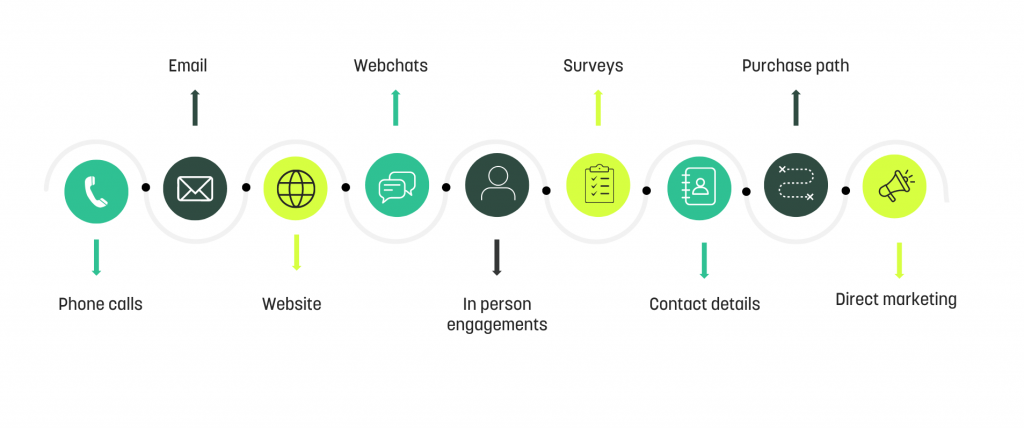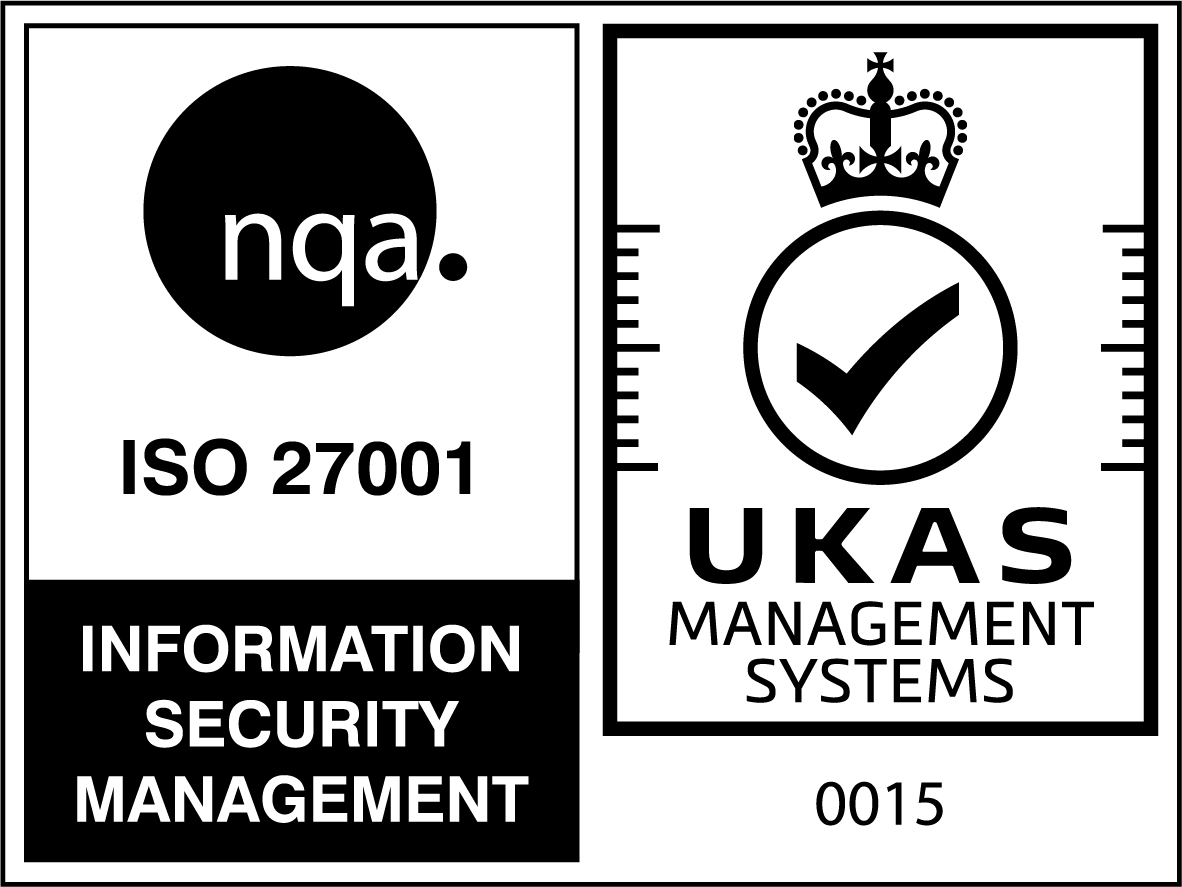Getting ready for the cookieless future – Customer-centricity: customer data integration
If you don’t have a customer data integration solution in your business, you're missing out. Let's explore it together to find out why.

Understanding what customers need and which are their buying patterns is essential for every company’s success. With the amount of customer data expanding on a daily basis, businesses are now finding it easier to obtain data, but it can be a real challenge to use it effectively.
Poor customer data integration or lacking data orchestration can result in data silos and it’s one of the reasons why companies’ data do not meet basic quality standards.
If you feel like you’re not able to address business needs with your data, a good place to start is by looking at your customer data integration strategy.
What is customer data integration?
Customer data can come from various types of interactions, including emails, website views, social media and many others, as you can see below:

However, this data is considered disparate because it has different characteristics such as type, quality, or appeal. So, for this disparate data to become a valuable resource, it must be organised, transformed, cleaned, analysed, and distributed.
Customer data integration (CDI) is the process of aggregating and organising customer data from various databases into a single more usable and accessible form to enhance analytical capabilities.
If a company’s data integration is poorly, it can become a real problem for its customers. For example, imagine that one of your customers want to end his subscription to your newsletter. He hits the “unsubscribe” button, but the next day he receives a new email from you. That means that your data integration might not be done properly and you might risk your relationship with your customers.
What data integration methods are there?
There are various ways to integrate your data so let’s have a look below:
1. Manual data integration
As its name suggests, this is a hand-coded integration built manually by an IT team. It can be time-consuming and costly and the critical errors won’t be few.
However, manual integration can be used when you’ve built your data collection tool in-house, and there is no other option. This integration method used to be very popular, but now it’s becoming increasingly rare because of how the many existing data tools that have taken the spotlight.
2. Automated data integration
Data integration automation means automating data integration tasks so that they can run without human intervention.
This integration method eliminates the need for time-consuming, error-prone manual data integration processes and enables organisations to efficiently combine, manage, and obtain insight from their data assets.
3. Customer Data Platforms
A customer data platform (CDP) takes integration a step further.
A CDP is a software aimed at collecting data about the users from multiple tools, centralising it in one database, and making it available to other systems in real-time. Companies can use information gathered by CDPs to create accurate portraits of the customers and improve their marketing and sales strategies.
What problems does data integration solve for your business?
Using data integration comes with a wide range of benefits and it can make you forget about many business problems, such as:
1. Data silos
Data silos are known to reduce cooperation across departments and prevent a clear picture of all the data. Data integration eliminates silos by linking an organisation’s data sources together.
2. Working with big data
Data is cleansed throughout the data integration process to remove variations and duplicates. So there won’t be any problem for you if you are working with extremely large datasets that might express the same information, under different formats.
3. Data accessibility
To improve your decision-making, you need easy and quick access to accurate data. Data integration makes this possible for you by offering a centralised hub where all the information is stored.
Final thoughts
Are you interested in becoming a customer-centric organisation? The foundation for a successful customer-centric business practice requires technologies that streamline processes and reduce the cost of data management and makes trustworthy data accessible across your enterprise.
Start looking at data integration. Without it, you might be at risk of having inaccessible data silos all over the place. That means you won’t have a full view of your customers, and you’ll be making decisions about them based on partial data. If you’re doing that, you’re not a data-driven company.
If you’d like to know how we can help your business thrive in a cookieless world, get in touch here.
Considering sharing with others


)